A bold vision for a climate-neutral and competitive Europe
Next event In person & livestreamed

- Area of Expertise
- Climate, Energy & Natural Resources

Managing Director, Head of European Utilities Research at Barclays Investment Bank and member of the Task Force on Climate-related Financial Disclosures (TCFD)
Negotiators at the Twentieth Conference of the Parties (COP-20) in Lima finally agreed on a text (Lima Call for Climate Action) that prepares the ground for a global climate deal at COP-21 in Paris next year. The good news is that consensus was reached at all, as late in the day on Saturday it looked as if talks might end without any kind of agreement. The bad news is that after the optimism created by the recent bilateral deal on emissions between the US and China, COP-20 has revealed that many of the long-standing rifts between developed and developing countries remain open. This means that the foundations for a deal in Paris next year are neither as deep nor as solid as it was widely hoped they would be after two weeks of negotiations at COP-20, as is clear from the opening lines of the final Lima text itself:
“[With the COP’s] noting with grave concern the significant gap between the aggregate effect of Parties’ mitigation pledges in terms of global annual emissions of greenhouse gases by 2020 and aggregate emission pathways consistent with having a likely chance of holding the increase in global average temperature below 2 °C or 1.5 °C above pre-industrial levels”.
Divisions between developed and developing countries remain significant
Nobody ever claimed that reaching a global climate deal next year was going to be easy, but our reaction to the outcome of COP-20 is that there is still a lot of basic spadework to be done over the next 12 months before the architecture can be finalized and the structure of a new global climate edifice raised in which both developed and developing countries can live comfortably side by side.
In particular, we think that achieving a meaningful deal at COP-21 next December hinges above all on resolving disagreements over the two main issues:
Timeline to Paris from here
COP-21 will take place in Paris over 30 November-11 December 2015, and as set out in the Lima text, there are three key events to watch out for ahead of COP-21:
Broader signals showing that a global energy transition is already underway
Beyond the final text that emerged from the Lima COP there have been a number of other interesting developments in the last two weeks, both on the fringes of COP-20 itself, and in the wider world beyond. All of these developments are important indications of a major transformational shift in the global energy system, a shift that is being driven by a combination of policy measures on the one hand, and economic and technological forces on the other We would highlight seven in particular:
Conclusion: Fossil-fuel companies can no longer ignore the signs of change
The lack of clarity with regard to so many of the substantive points discussed at COP-20 evidenced in the text of the Lima Call for Climate Action shows that most of the hard work for achieving a positive outcome at COP-21 in Paris remains to be done. The scale of this work remains huge, and the risk that a deal might not be forthcoming real.
The key to a successful outcome will be the question of financing, as without adequate guarantees for developing countries on this front, we do not believe they will be willing to commit to emissions reductions of their own (and some of them may not be willing to commit to emissions reductions by next December even with the assurance of adequate financing).
On balance, however, we remain cautiously optimistic that a meaningful deal can be reached at COP-21 next year, which would then take effect from 2020 and thereby allow five years for countries to start preparing for the obligations they commit to.
Next event In person & livestreamed

Past event In person & livestreamed
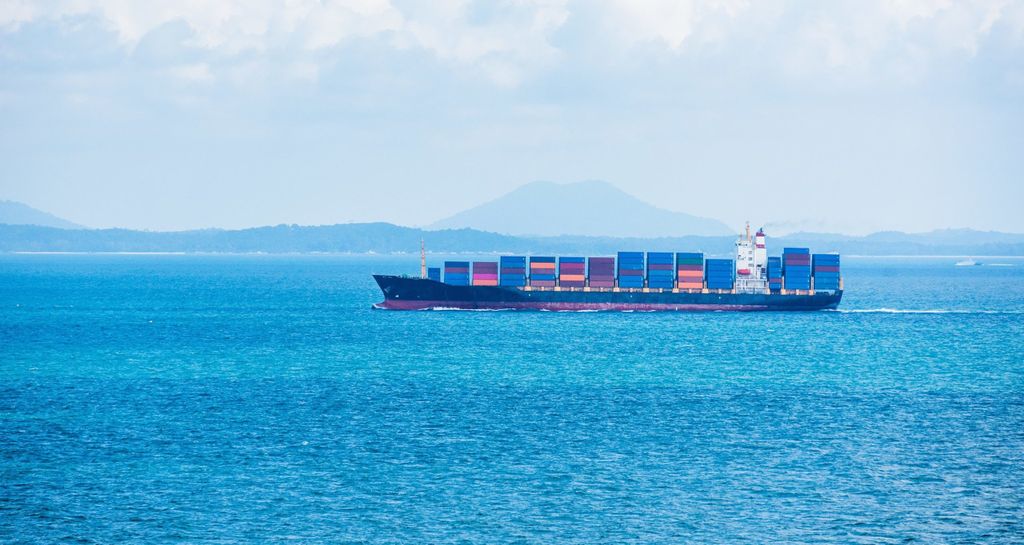
Past event In person & livestreamed
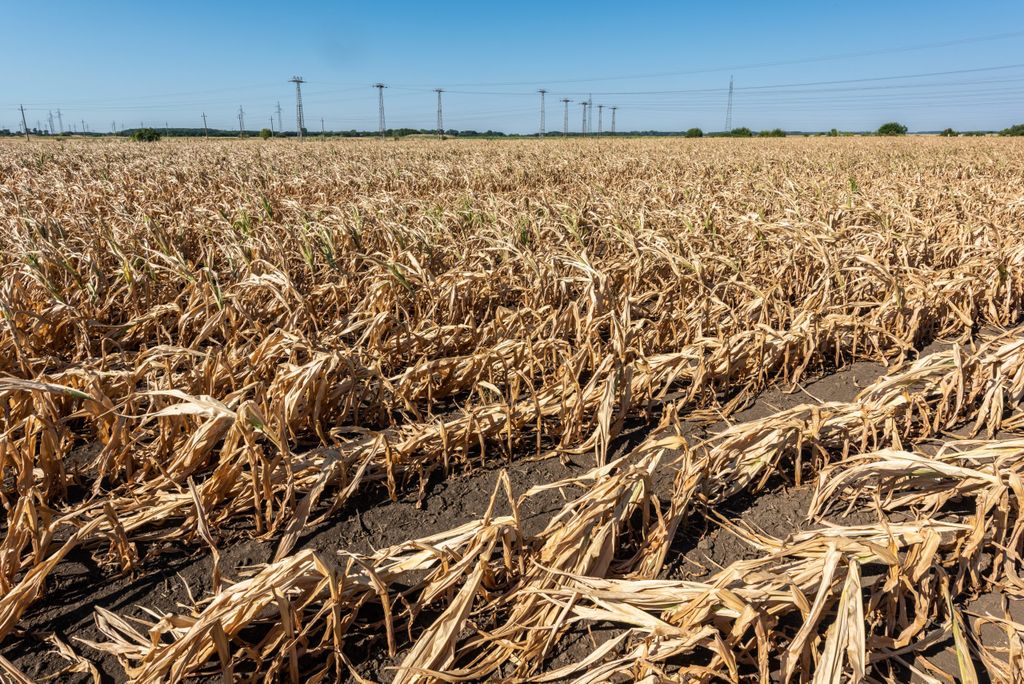
Past event In person & Livestreamed
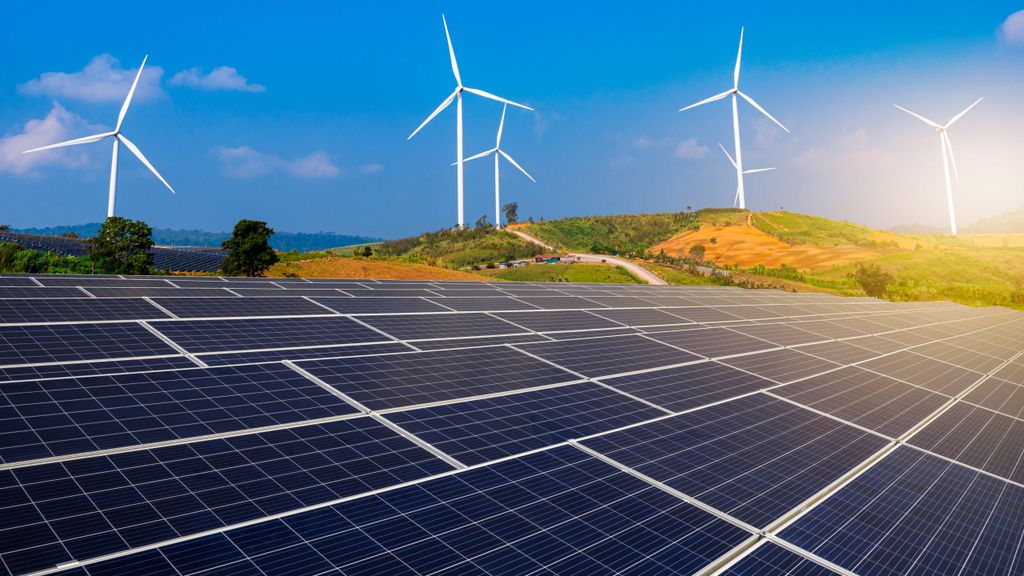

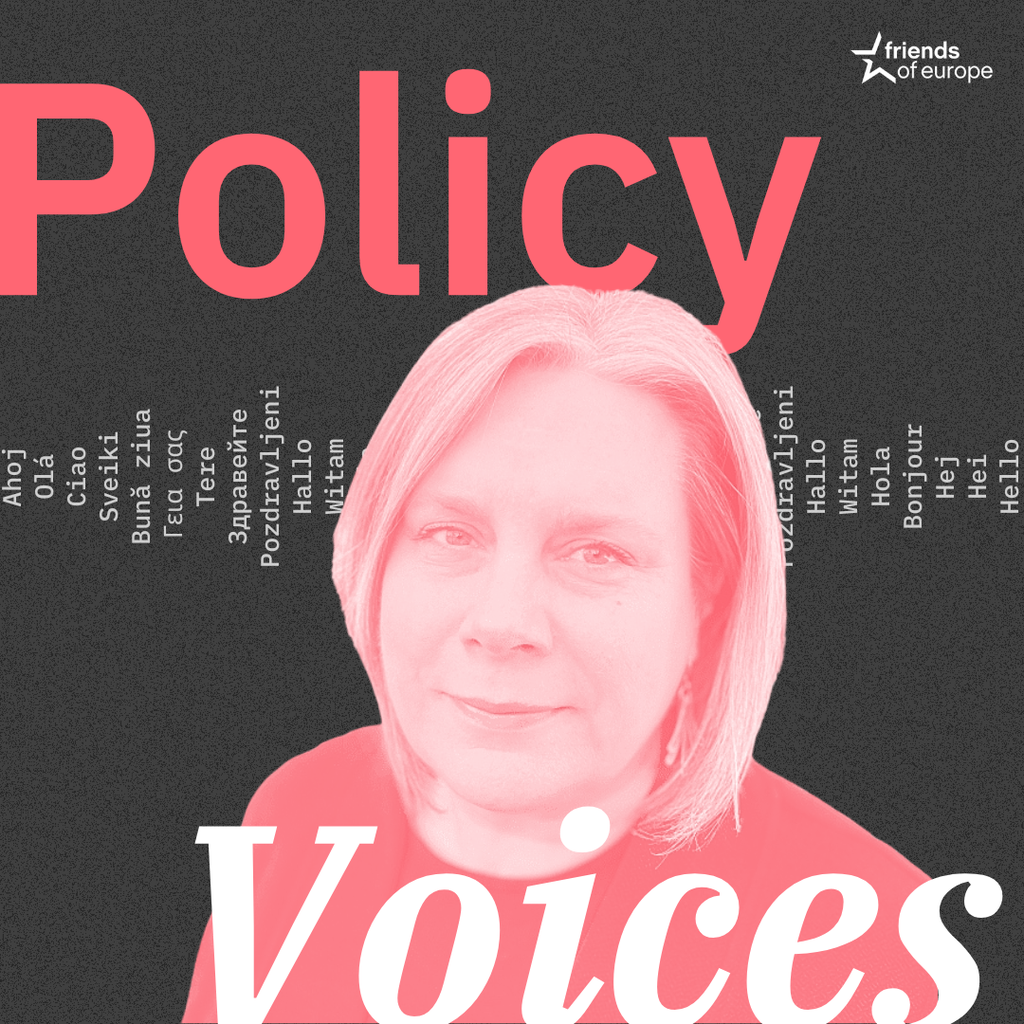
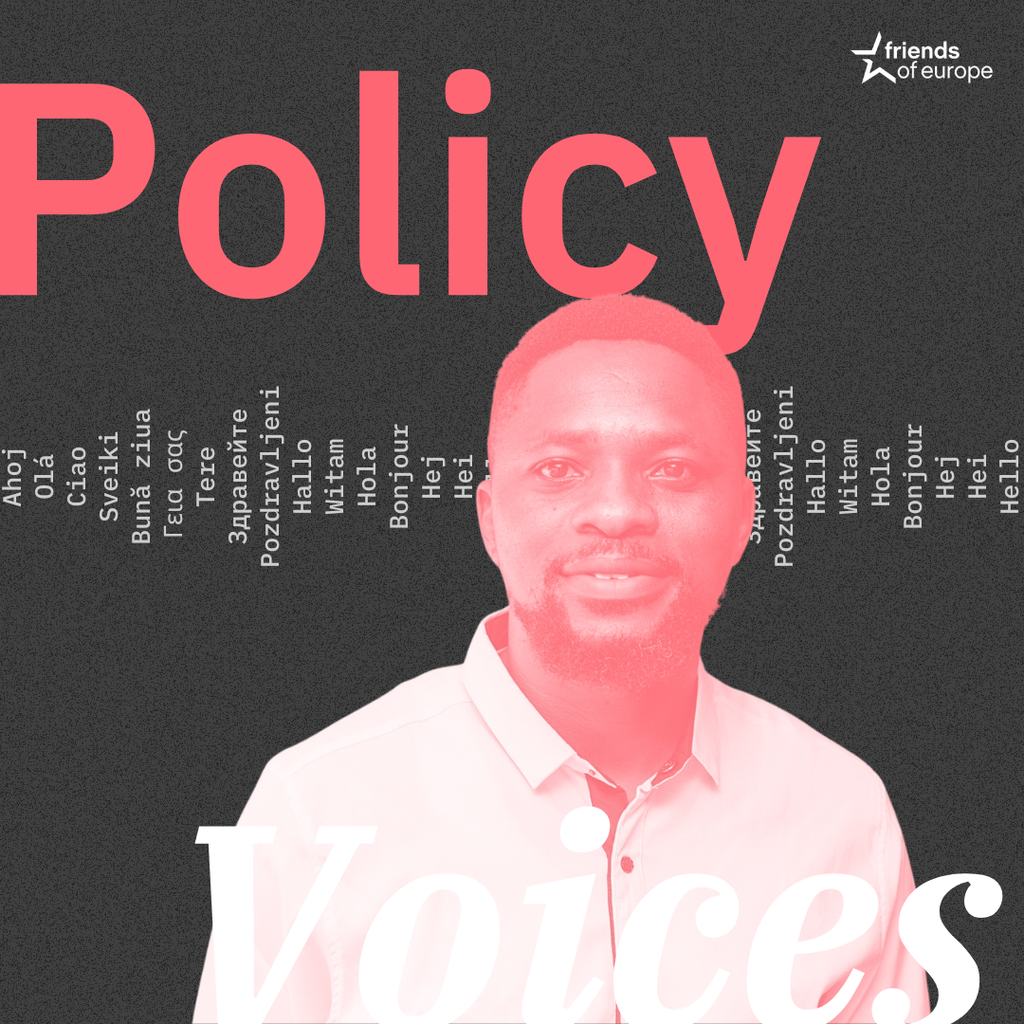

Stay informed
We use cookies and similar technologies to adjust your preferences, analyze traffic and measure the effectiveness of our campaigns. Learn more about our privacy policy.